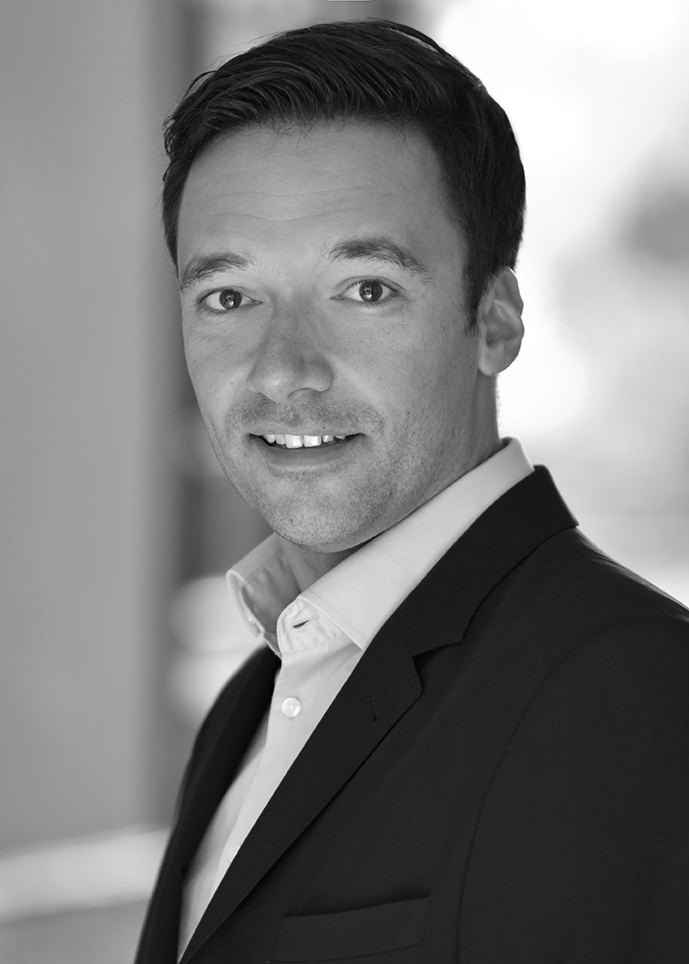Background
The world is plagued by the rampant COVID-19 pandemic, which leads to extensive human health concerns and is the cause of global socio-economic disruption. The disease is caused by severe acute respiratory syndrome coronavirus 2 (SARS-CoV-2). The virus caused more than 2 million deaths and more than 95 million infections (Jan, 18th, 2021).
It is of great importance that the development of effective vaccines is complemented with effective antiviral drugs. These antiviral drugs can be applied protectively. They are administered to individuals to protect them from viral infection and to prevent viral spread. The time frame for developing and approving such novel drugs typically covers one decade - an outline is not considerable. Instead, drug-repurposing as a more promising approach, using drug molecules already approved for a different treatment, has recently reported the first promising results. Taken together, identifying possible medications to stop the viral spread is of prime importance.
COVID Consortium at the HZB-MX Berlin
The work of a COVID consortium coordinated by the HZB-MX Berlin involved researchers from both public research and industry who joined forces to proceed with a crucial and demanding screening-project with thousands of substances. Of the most highly precious substances, only a minimal amount was available for the tests - allowing one single shot.

MX team is located at the Wilhelm-Conrad-Röntgen Campus of the HZB in Berlin-Adlershof
Image Source: https://www.helmholtz-berlin.de/
FORMULATRIX® supported this workflow with the NT8 - Drop Setter. For generating reliable, comparable datasets and working with volumes of only 50 nL, even the smallest changes caused by external factors must be avoided. The very precisely controlled humidity level of the instrument allowed to prevent fluctuations in drop size. The system’s speed without compromising the drop pattern’s accuracy was essential for setting the basis of this critical project that had to be worked on under tremendous time pressure. Smooth processing of this screen with an extraordinarily large scope was ensured.
In addition to the precision, the research team highly appreciated the flexibility of the NT8. E.g., the researchers benefited from having the freedom to choose between the conservative way and exchange tips after every use or enabling a washing step to run the instrument with minimal material consumption.
The intuitive handling of the system allowed users to work with the instrument with minimal training effort.
The NT8 enabled the research team to establish a novel workflow with the smallest material consumption, which can easily be expanded to other projects that focus on additional proteins.

About the Author
Christian Feiler studied Chemical Biology at the University of Dortmund. He moved to the US and joined research groups at Cornell University, Ithaca, NY, and later received an invitation to Washington State University, Pullman, WA. After returning to Germany, he established a structural biology lab at the University of Bayreuth and relocated to the Helmholtz Center for Infection Research. He received his Ph.D. in Structural Biology and Biochemistry from the Technical University of Brunswick for his work in identifying and characterizing novel drug targets in human pathogens. He switched gears and dissected the structural and functional relationship of cancer-related human ubiquitin cascade elements during his post-doctoral research at the Rudolf-Virchow Center for Experimental Biomedicine. He is presently affiliated with the Helmholtz-Zentrum Berlin focusing on X-ray crystallography, in-depth structural biology, drug discovery, biophysics, and methodological innovation. His notable novel workflow automation developments in drug-screening and bio-analytics help to identify and characterize novel drug candidates in particular. His technologies to analyze protein structures and protein-drug-complexes using X-ray crystallography are implemented in the usual workflow at multiple large-scale research sites. Asides from his scientific project work, he persistently fostered the successful global launch of various of his patented products from the prototype phase in less than one year.

As a scientific project leader, he manages expansive international research projects comprising both academic and industrial partners.
Christian is an appointed lecturer at the Freie Universität Berlin and beamline scientist in charge of the macromolecular crystallography beamlines at the BESSY II synchrotron.
